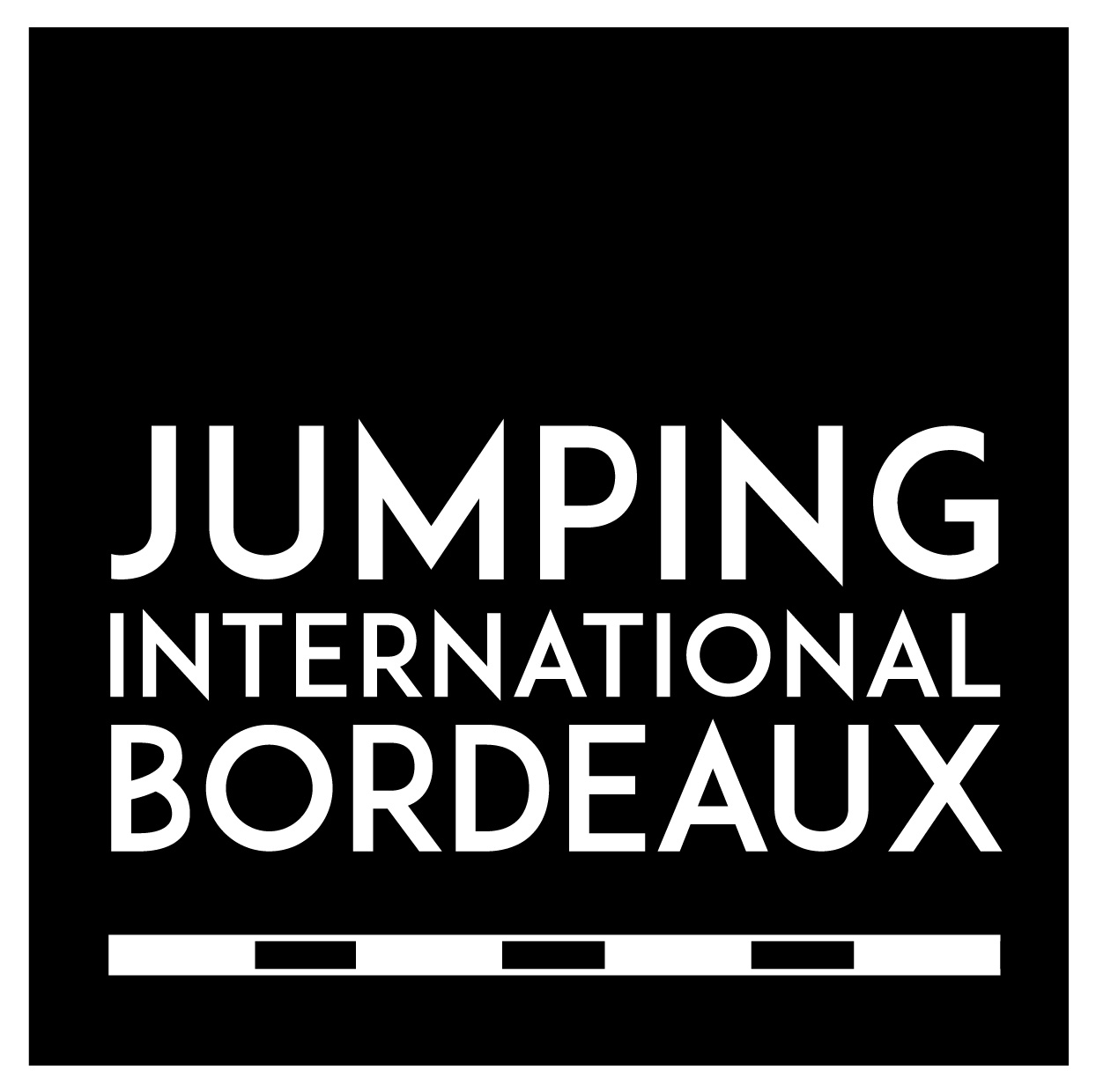You may not have known it, but para-equitation is a recent event, first appearing at the Atlanta Olympic Games in 1996.
Unlike the equestrian events of the Olympic Games, which include show jumping, dressage and eventing, para-equitation is limited to a single discipline: para-dressage. Originally, this adapted sport was used as a form of therapy or recreation, before becoming an official discipline of the Paralympic Games.

Para-dressage events
Para-dressage comprises 3 events, based on a series of compulsory figures at different paces, with varying stride amplitudes.
- Individual Grand Prix: performed without music, this event lasts around 5 minutes. Riders must execute a series of predetermined figures, including walk, trot and sometimes canter...
- Reprise libre en musique (freestyle test): Reserved for the top eight individual Grand Prix finishers in each category, this more artistic test lasts around six minutes. Riders and their horses perform synchronized figures to music chosen by the rider.
- Team test: The team test includes three riders per country, with an imposed program performed by three or four athletes, at least one of whom must be a grade I, II or III. If the team comprises four riders, only the three best results are taken into account for the ranking.
All events are mixed, and riders compete under the same conditions. Among the most technical figures to be performed are stops and reverses.
At the end of the performance, the judges award a percentage score, which takes into account the coordination, harmony and precision of the movements, as well as the special relationship between horse and rider. The best riders often score over 70%.
Grades and disabilities
All disabilities are taken into account, whether motor, orthopedic, neurological or visual. Riding is a real challenge, as the horse must obey a variety of instructions, often compensated for by aids such as sticks, sounds or spurs. The use of specific equipment is authorized: adapted saddle, girths, spurs, etc.
- Grade 1: Walk gait only
- Grades 2 and 3: Walk and trot
- Grades 4 and 5: Walk, trot and canter
The success of the event depends on the symbiosis between rider and horse. A mentally balanced horse that is not overly sensitive to external stresses is a major asset in winning a medal. Very often, in the "small grades" categories, the rider-horse pair is in perfect osmosis. And it's not uncommon for the horse to take care of his rider, testifying to a unique relationship - well beyond the realm of sport - between animal and athlete!







